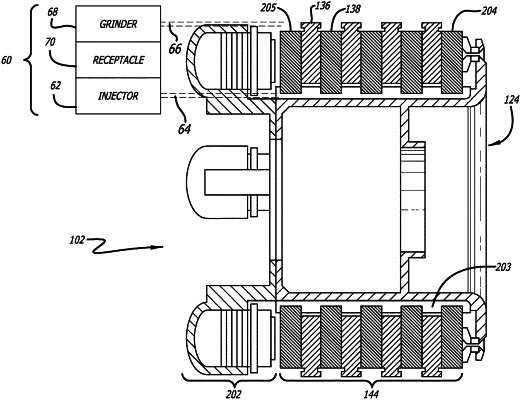| CPC B64C 25/42 (2013.01) [B08B 3/08 (2013.01); B60T 8/18 (2013.01); B60T 8/325 (2013.01); F16D 65/0031 (2013.01); F16D 65/0037 (2013.01); F16D 65/0043 (2013.01); F16D 65/847 (2013.01)] | 11 Claims |

|
1. A method of adaptive braking of an aircraft to reduce brake wear and wear brakes evenly, the aircraft including a plurality of brake disks that cooperate to brake the aircraft in response to a brake command, the method comprising the steps of:
collecting data on aircraft speed, aircraft deceleration, aircraft weight, brake temperature, and brake pressure;
monitoring for a brake command;
actuating one or more of a plurality of wheel brakes in response to the brake command based on the collected data;
adjusting a surface condition of the brake disk surfaces based on the collected data, said adjusting including applying a carbon particulate to the brake surfaces to reduce brake temperature to a desired value.
|